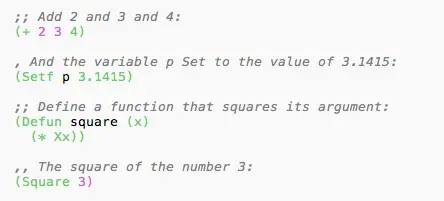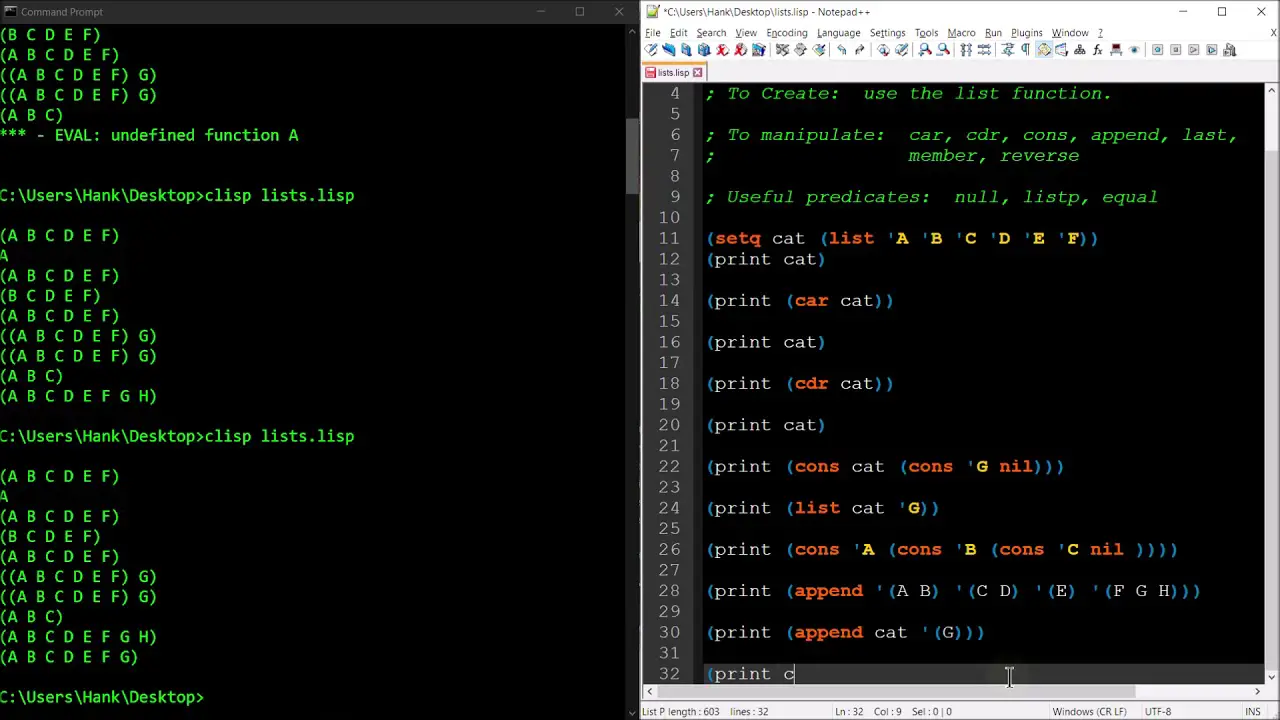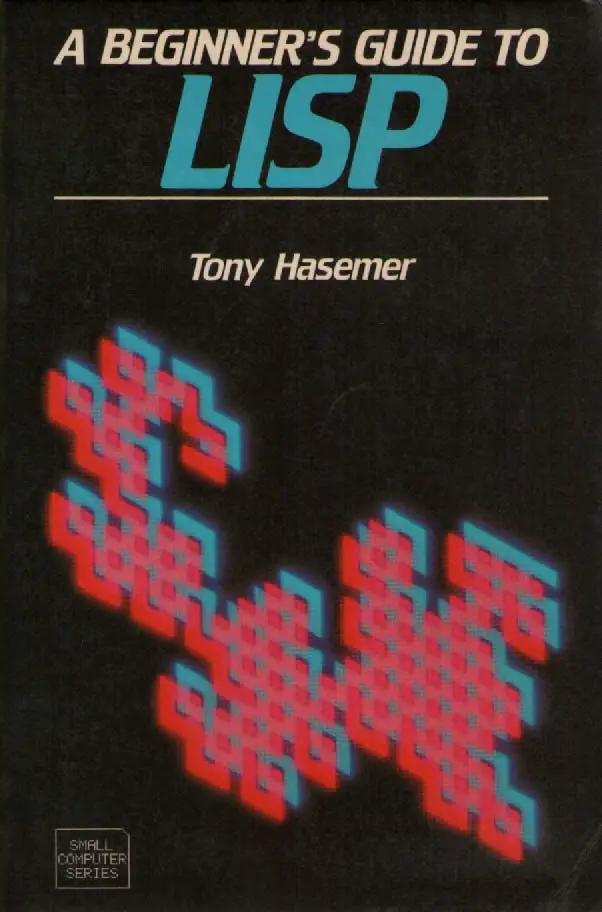Lisp, a pioneering programming language, has captivated programmers for over six decades with its innovative approach to programming. It introduced a new paradigm, known as symbolic processing or symbolic expression manipulation, which distinguishes it from the more prevalent imperative and functional paradigms.

At its core, Lisp employs a unique data structure called the S-expression (symbolic expression) to represent both data and code. S-expressions are made up of nested lists, allowing for the representation of complex data structures in a natural and intuitive manner. This makes Lisp particularly well-suited for tasks involving symbolic manipulation, such as artificial intelligence, natural language processing, and computer graphics.

One of the most striking features of Lisp is its homoiconicity, which means that the code itself is represented as data. This powerful concept enables Lisp programs to manipulate their own code as data, opening up possibilities for sophisticated metaprogramming and code generation techniques. It also allows for a flexible and extensible programming environment, where users can define their own syntax and data types, empowering them to tailor the language to their specific needs.

Lisp’s strong support for symbolic computation has made it a language of choice for research in artificial intelligence and computer science. Its ability to represent and manipulate knowledge in a symbolic form makes it well-suited for tasks such as natural language understanding, expert systems, and knowledge representation. Notable examples of AI systems developed using Lisp include the SHRDLU natural language system and the MACSYMA computer algebra system.
Lisp has also found applications in other domains. Its use in computer graphics is exemplified by the RenderMan shading language, which is widely adopted in the film and animation industry for creating realistic images. Furthermore, Lisp’s influence can be seen in various programming languages that were inspired by its design, including Scheme, Clojure, and Julia.
While Lisp has experienced periods of decline in popularity, its unique characteristics continue to attract a dedicated community of developers and researchers who appreciate its power and expressiveness. Its influence on programming language design and its enduring legacy in AI and symbolic computation ensure that Lisp remains a relevant and fascinating language in the world of programming.# Lisp: Programming With A Different Paradigm
Executive Summary
Lisp is a unique programming language that has been around for over 60 years. It is known for its flexibility, power, and elegance. Lisp is used in a wide variety of applications, including artificial intelligence, natural language processing, and financial modeling.
Introduction
Lisp is a high-level programming language that was developed in the late 1950s. It is a very different language from most other programming languages, such as C, Java, and Python. Lisp is a dynamically-typed language, which means that the types of variables are not known until runtime. It is also a list-processing language, which means that it is very good at manipulating lists of data.
Subtopics:
History of Lisp
- John McCarthy developed Lisp in 1958.
- MIT introduced Lisp 1.5 in 1960.
- Common Lisp was released in 1984.
- Scheme was developed in 1975.
- Clojure was developed in 2024.
Lisp Dialects
- Common Lisp: The most widely used Lisp dialect.
- Scheme: A minimalist Lisp dialect.
- Clojure: A Lisp dialect that runs on the Java Virtual Machine.
- Racket: A Lisp dialect that is designed for systems programming.
- LispWorks: A commercial Lisp dialect that is popular for developing artificial intelligence applications.
Lisp Features
- Dynamic Typing: Types of variables are not known until runtime.
- List Processing: Very good at manipulating lists of data.
- Macros: Allows programmers to define their own syntax.
- Garbage Collection: Automatically reclaims memory that is no longer being used.
- REPL: A read-eval-print loop that allows programmers to experiment with code interactively.
Lisp Applications
- Artificial Intelligence: Lisp is used in a wide variety of artificial intelligence applications, such as natural language processing, computer vision, and robotics.
- Natural Language Processing: Lisp is used to develop natural language processing applications, such as machine translation, text summarization, and spam filtering.
- Financial Modeling: Lisp is used to develop financial models, such as risk analysis models and portfolio optimization models.
- Web Development: Lisp is used to develop web applications, such as e-commerce websites and content management systems.
- Game Development: Lisp is used to develop games, such as role-playing games and strategy games.
Advantages of Lisp
- Flexibility: Lisp is a very flexible language that can be used to develop a wide variety of applications.
- Power: Lisp is a very powerful language that can be used to solve complex problems.
- Elegance: Lisp is a very elegant language that is easy to read and write.
- Community: Lisp has a strong and active community of developers.
- Resources: There are a wealth of resources available to help Lisp programmers learn the language and develop applications.
Conclusion
Lisp is a unique and powerful programming language that has been used to develop a wide variety of applications. It is a flexible, dynamic, and elegant language that is easy to learn and use. Despite its age, Lisp remains a relevant and popular language for a variety of programming applications in many fields and domains.
Keyword Phrase Tags
- Lisp programming language
- Lisp dialects
- Lisp features
- Lisp applications
- Advantages of Lisp


This is a grate articel. i realy like this paradigm
This is the worst articel i have ever reed. LISP is a stupid languaje
Lisp is a functional programing languaje. It is not imperative like C or Java
I think that LISP is a better languaje than Python. It is more powerful and expresive
LISP is the most popular languaje in the world. Every body uses it
LISP is a grate languaje for writting code that no one can understand
I love LISP. It is so much fun to write code that makes no sense
Lisp is an amazing languaje! I love its simplicity and power